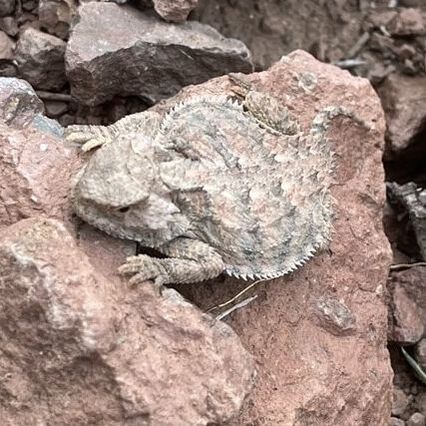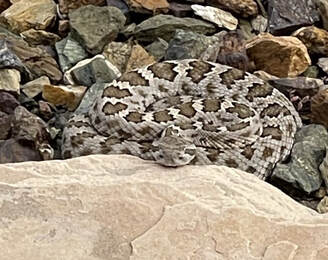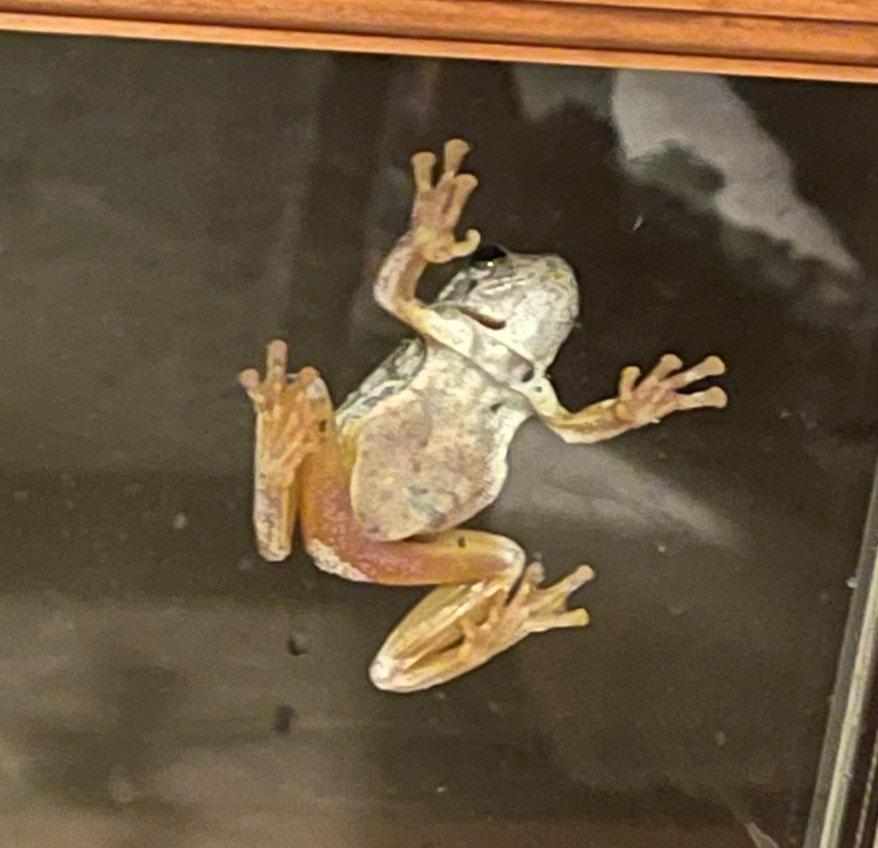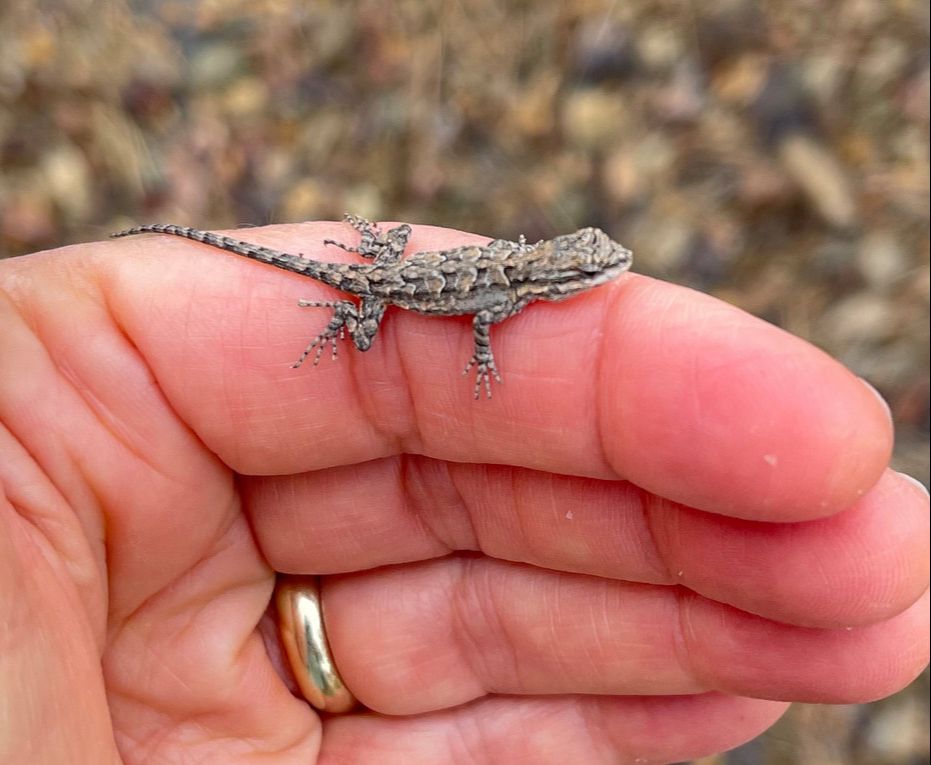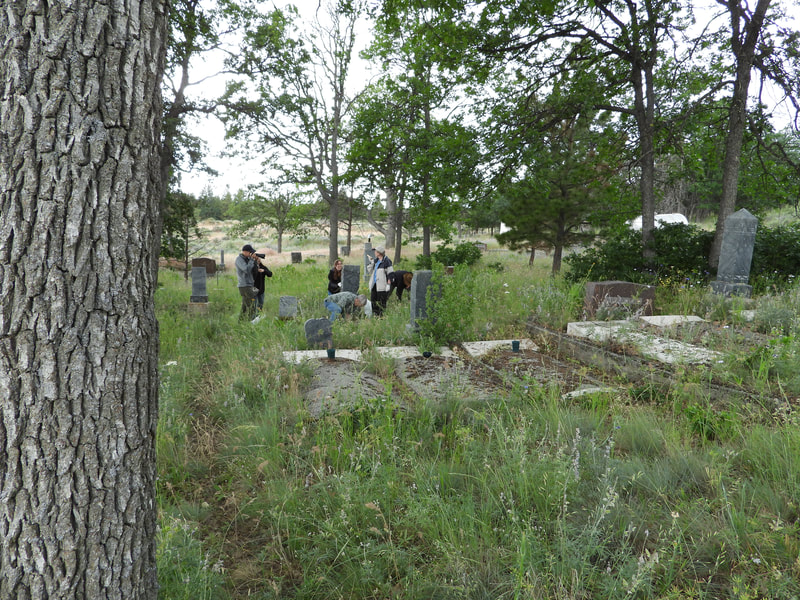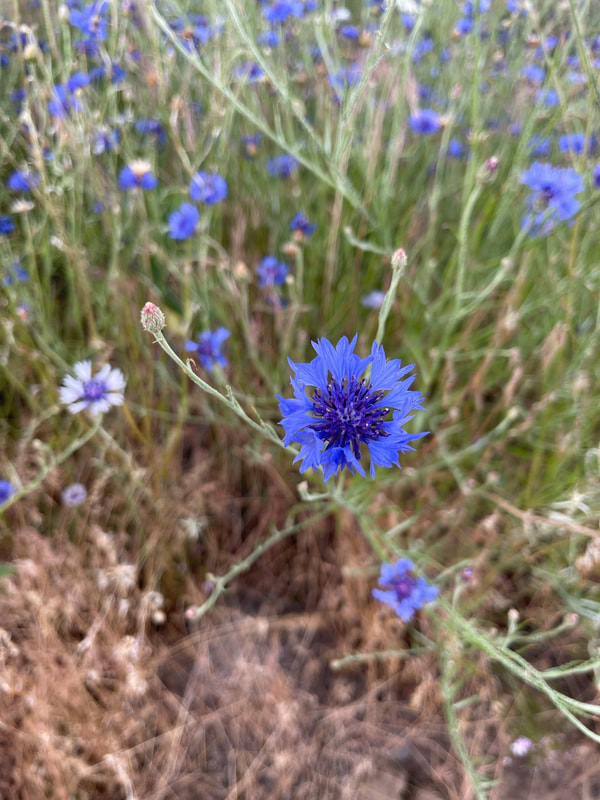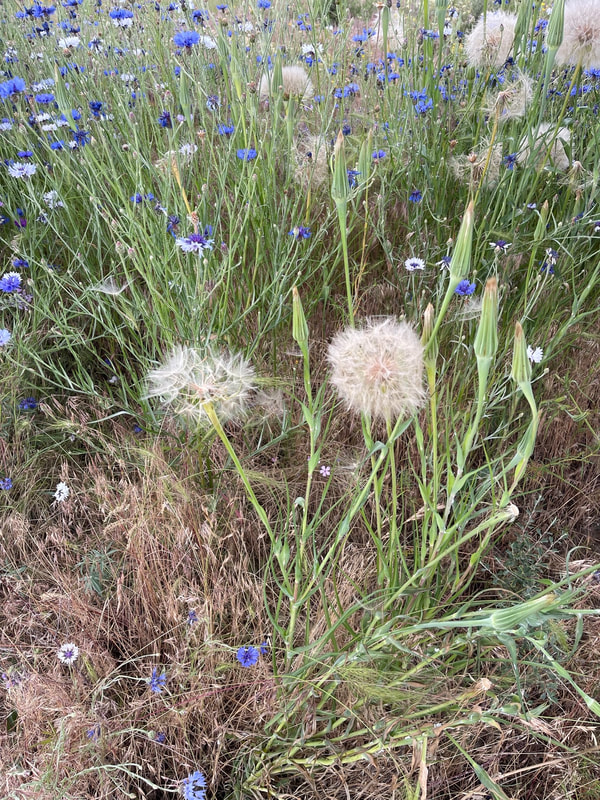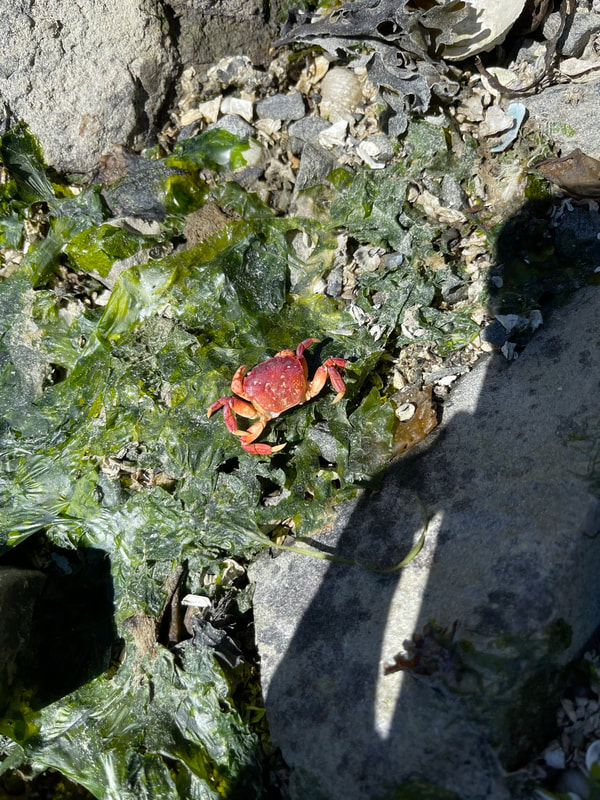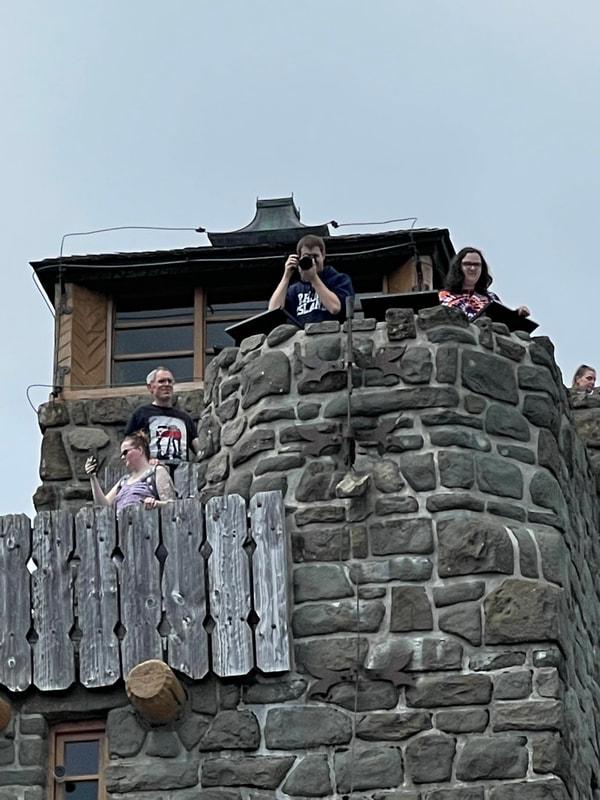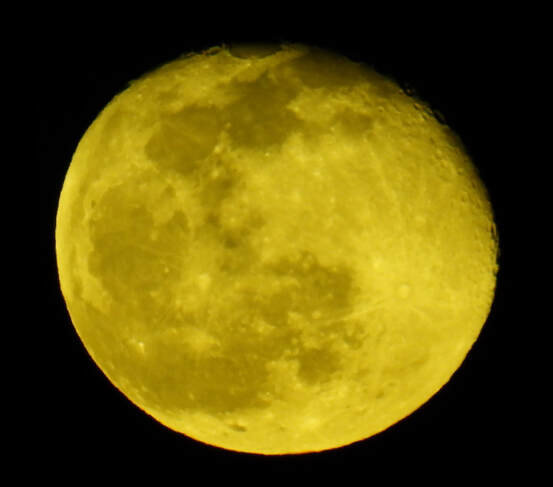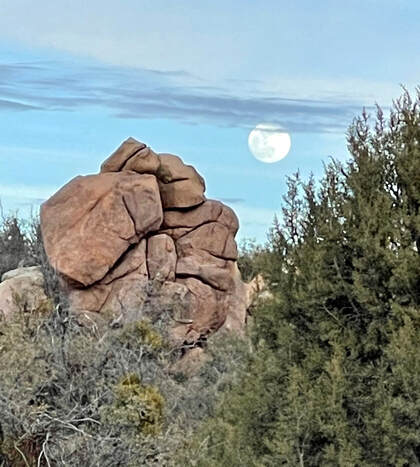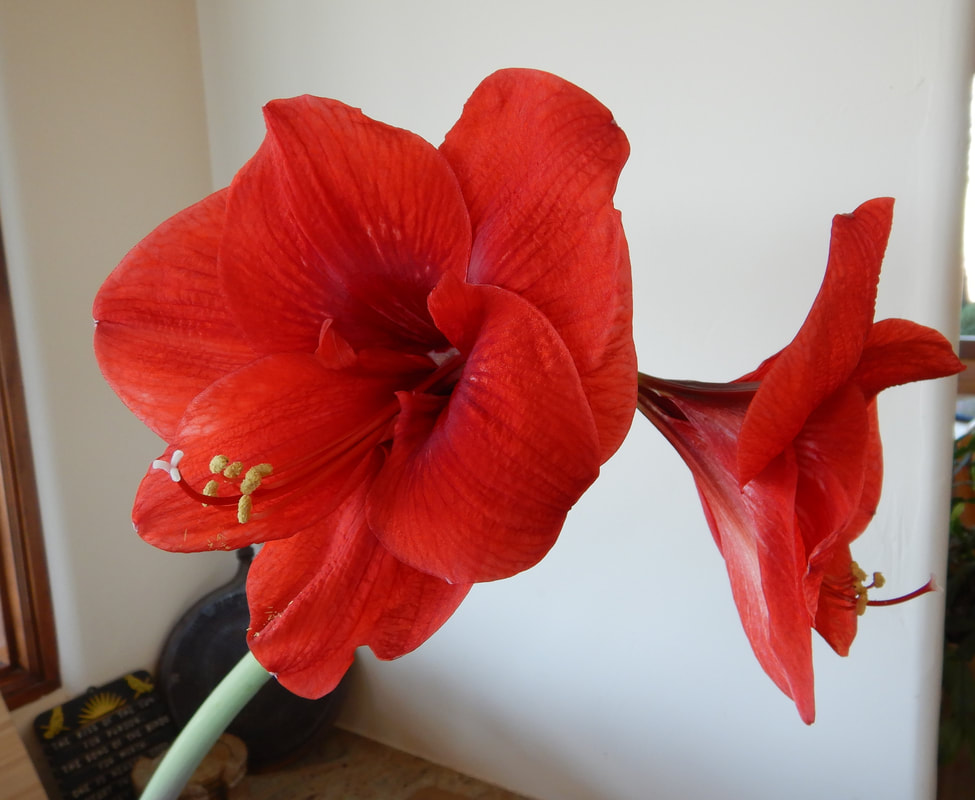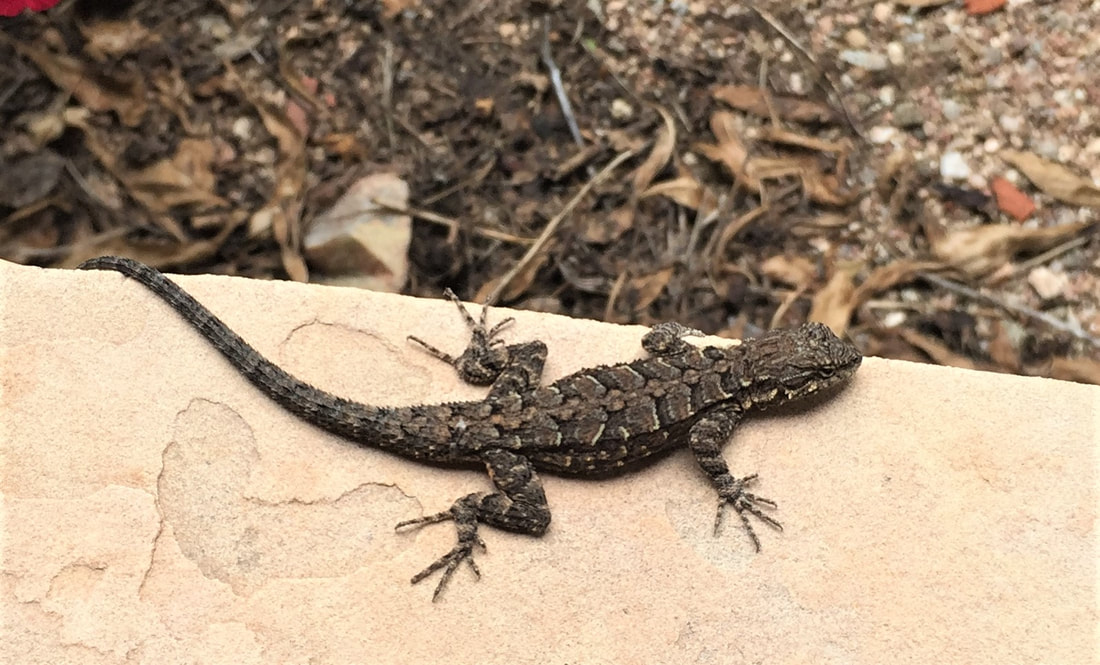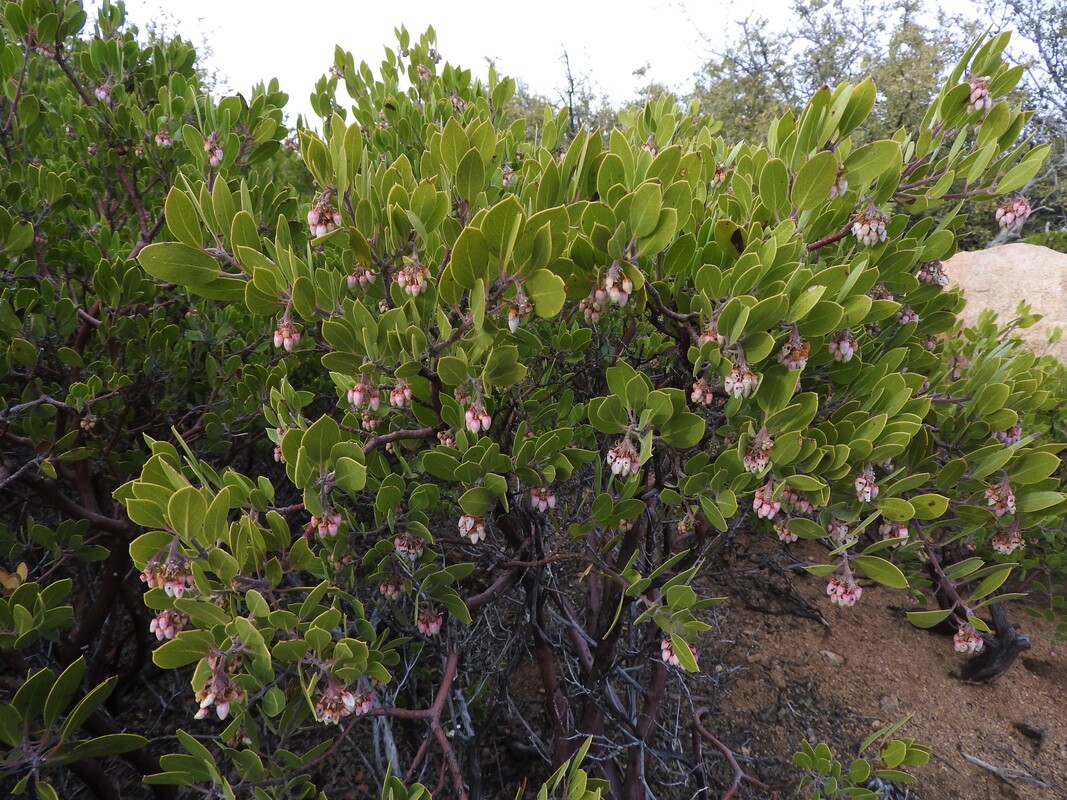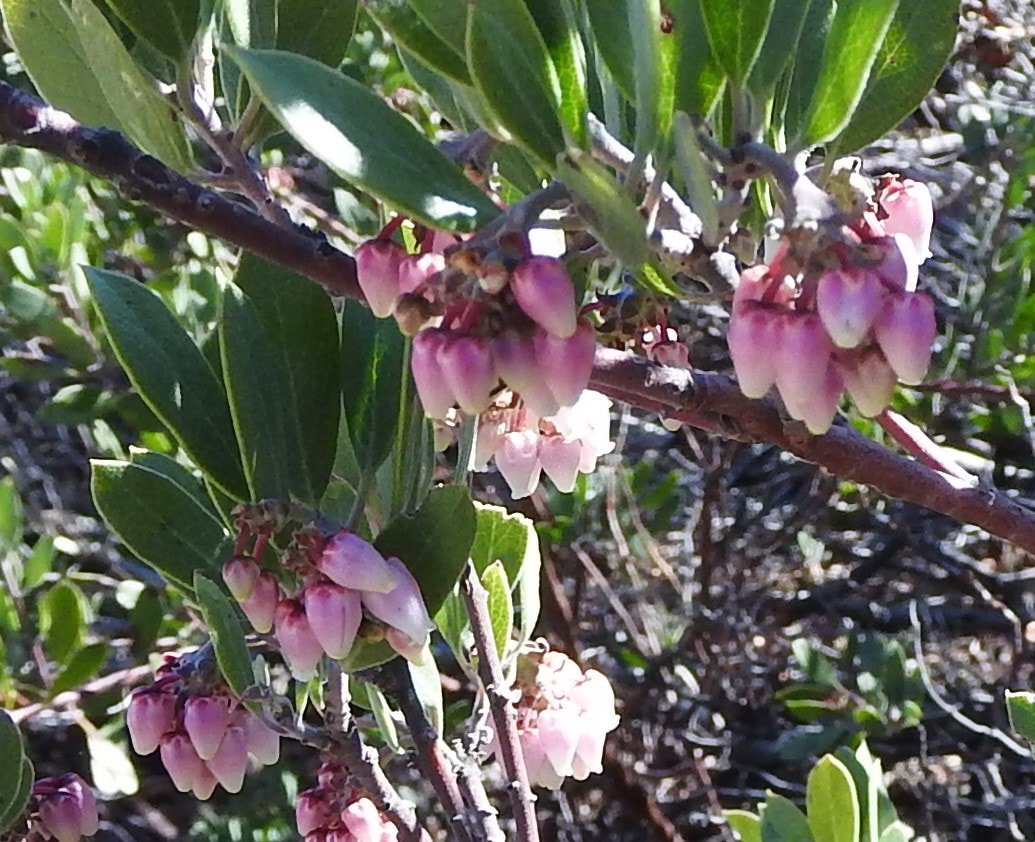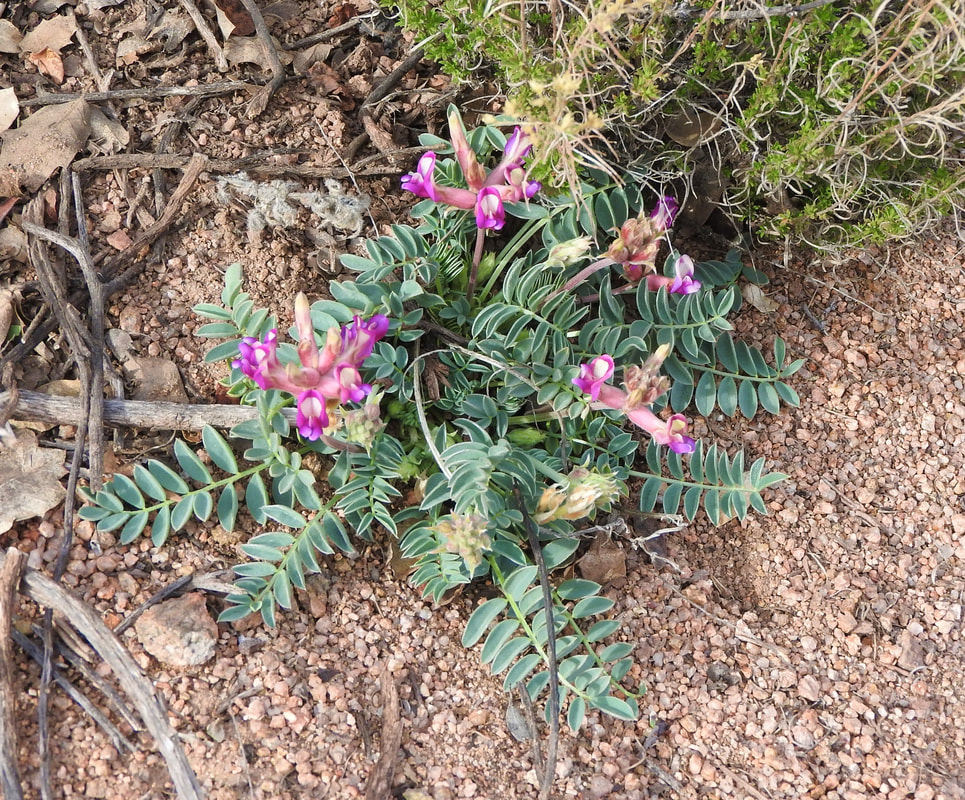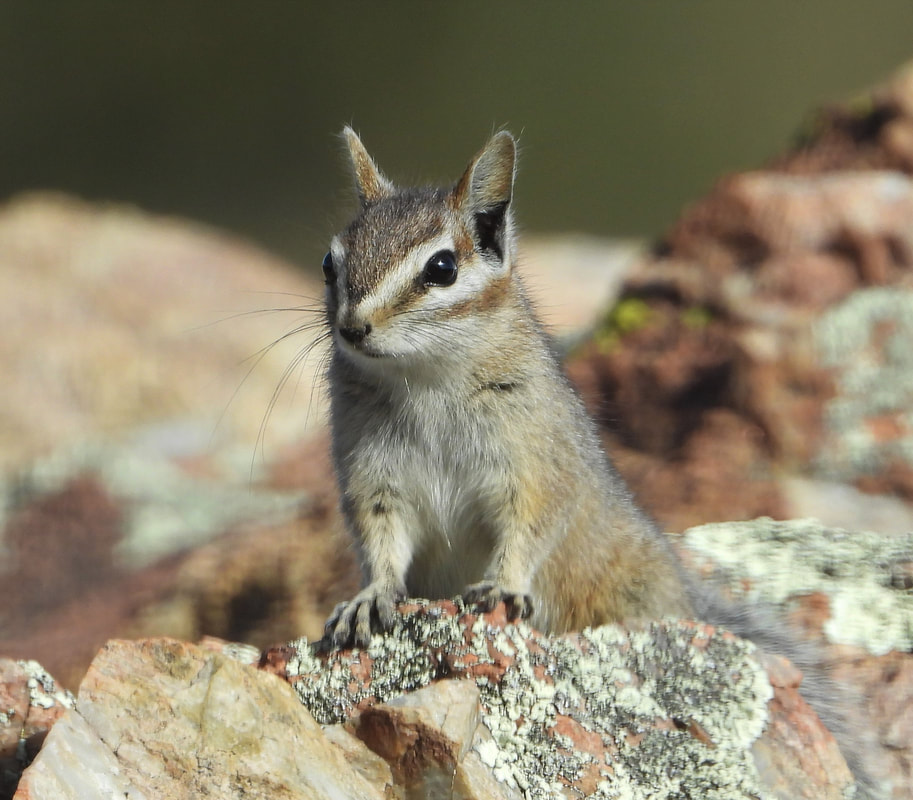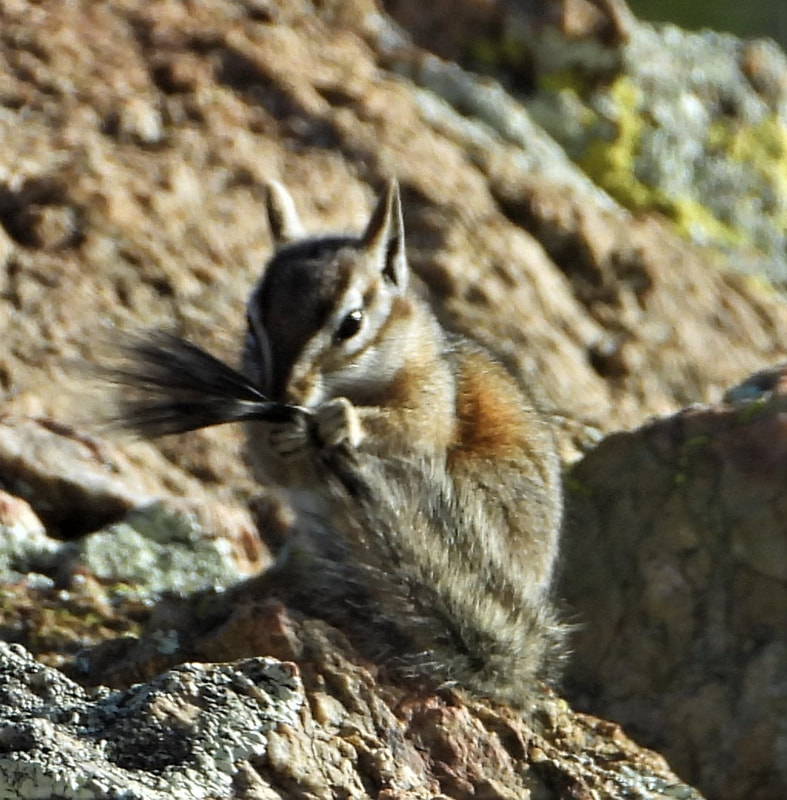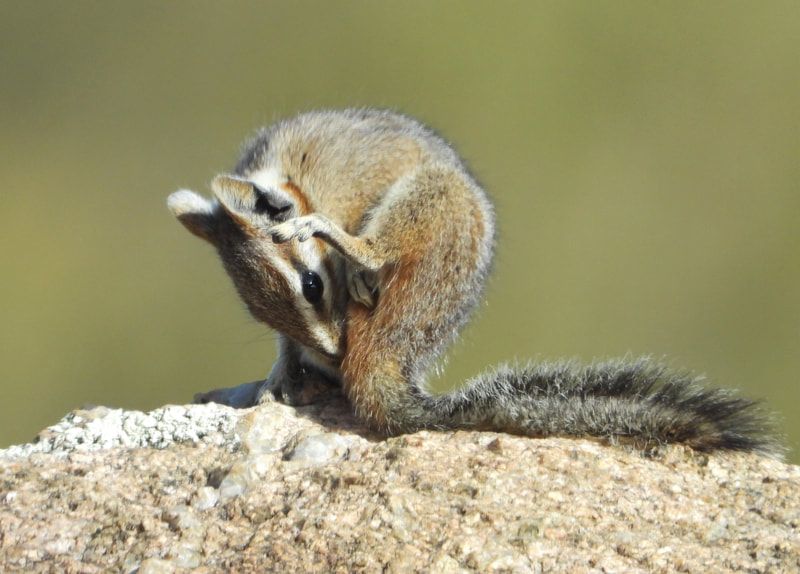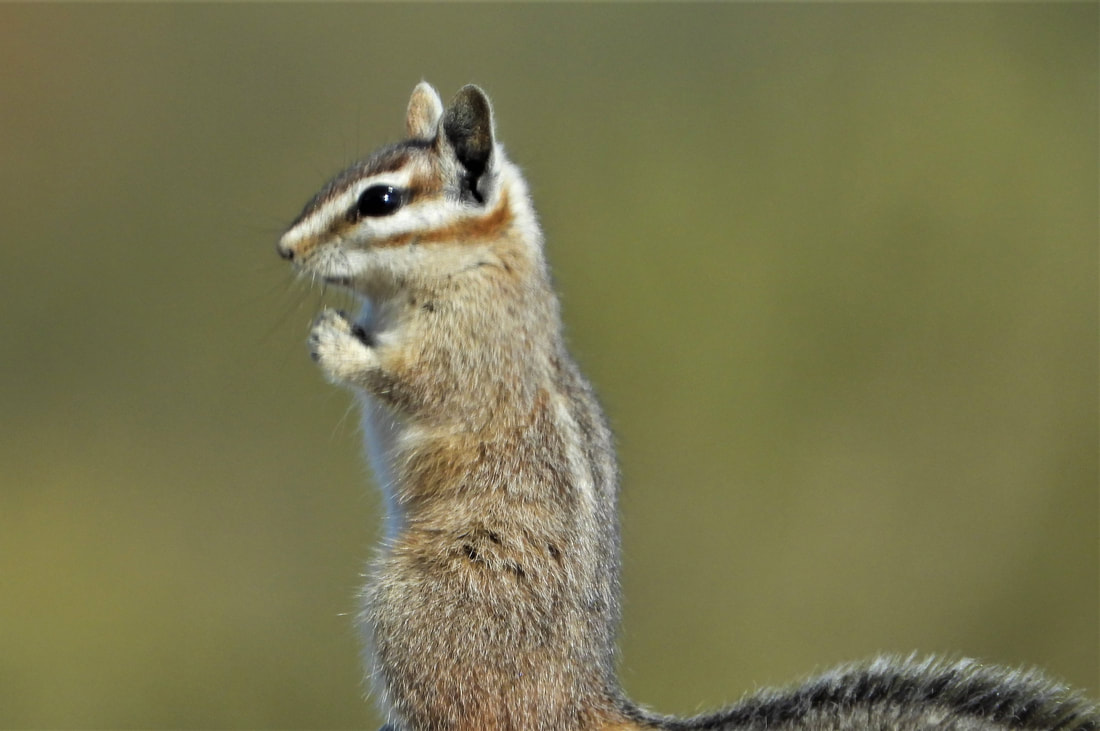|
You cannot imagine how thrilled I was a couple of years ago when the illustrious Tracy Newman heard me read my poem, I Believe, at an open mic, and asked if she could put it to music. Could she?! OMG, does a bear… well, you know. I jumped at the opportunity. Tracy Newman is all over YouTube, from several old folk songs from a PBS show to an appearance on Jonny Carson and more recent appearances with her band, Tracy Newman and the reinforcements. Before I Die is hilarious. Recently, I got a bee in my bonnet to share our song with the world. (Our song! I love how that sounds.) She was incredibly gracious when I asked if I could use the audio file she sent me. So, I took a stab at putting her lovely guitar and voice to some of my favorite home videos, and here's the result. It's my first video, so go easy on me. To begin with, my husband, mother, sister and her family, and I located some lovely relatives in the tiny town of Bickleton, Washington. Folks there still gather to play dice in the general store in this charming place out of time. We then paid a visit to several ancestors and an uncle in the nearby Cleveland Cemetery, where graves were decorated with bachelor buttons and false dandelions—a peaceful spot to spend eternity. Later, in Issaquah, my aunt, uncle, and two cousins surprised us with a balloon release for my father, who died four years ago. (Hopefully, the balloons were biodegradable, but it would have been rude to ask.) Covid and age have kept us apart for too long. On Orcas Island, we found chitins and crabs in the tidepools, kayaked the surrounding seas (well, the calm near-shore ones, at least), and climbed a stone tower in Moran State Park. When our time was up, we said goodbye to beautiful Oras Island with a sunset from our VRBO deck. It was a wonderful visit with a slew of family. I'm so lucky to be stuck with them for life!
My good friends at AZ Wordsmith (check them out on Facebook) kindly invited me to do an author reading for their monthly open mic at the Elks Performing Arts Center in Prescott, AZ. On top of that, they made a very professional video! You can view it below or find on my Amazon author page, if you're so inclined. Tremendous thanks to Sue Favia, Janet A. Hopkins, and Lee Reeves! It must be spring! The hummingbirds are doing battle again. A couple hung around all winter. Now they seem reluctant to let the migrators back in.
|
AuthorI made a career of writing software by day while scribbling stories by night, a combo made even odder by the fact that I started my adult life as a marine biologist/geneticist.
|
Photos used under Creative Commons from dedhed1950, ScottM70, peru, lili eta marije, erin_everlasting, timparkinson, allspice1
